Turns out my educated guess was right…here’s a 1949 Hagstrom Staten Island showing Drumgoole Boulevard, with Ramona Blvd. in parentheses.
I couldn’t come to any other conclusion; it couldn’t have been any other road.
The identity of this building set back from Center Street near Arthur Kill Road is no mystery: it was once the station house at New Dorp on the Staten Island Railway, once Staten Island Rapid Transit. It was moved here by the Staten Island Historical Society in the 1970s, but I wish it could be restored and reinstalled at New Dorp.
Court Place
Surprisingly the Richmondtown General Store was closed on July 4th. In this 1840 building native to Richmond Town and owned by Stephen D. Stephens (who lived next door in he house on the right) and later Joseph Black until 1926, an old-time general store, complete with potbelly stove, was reconstructed in 1964 (the building was partially demolished in 1944); it’s truly a must-visit. It serves as Richmondtown’s post office.
Partially seen on the left is a small shack marked “job printing”; this was originally a one-room grocery, the Eusabia Johnson store, built in Eltingville in 1860. It has been recast as an old-fashioned print shop from before the days of computer screens, keyboards and even typewriters, when ‘leading’ meant an actual slug of lead inserted between lines of type to increase spacing.
Arthur Kill Road
Formerly known as Fresh Kills Road, Arthur Kill Road is one of Staten Island’s longest routes, stretching from Richmondtown as a continuation of Richmond Hill Road southwest along the Arthur Kill (the waterway separating Staten Island from New Jersey) all the way to Tottenville, which contains New York State’s southernmost zip code. Several of Richmondtown’s oldest structures have been placed along this road.
From the ForgottenBook: The Voorlezer’s House is the second-oldest structure in Richmondtown. Like other buildings native to Richmond Town, the original nature of this house was unsuspected until careful research was done by Staten Island borough historian Loring McMillen in the 1930s. It was built in about 1695 by the Reformed Dutch Church and functioned as a church, school and home for the lay minister/teacher (voorlezer, meaning approximately ‘to read in front of’ in Dutch) until 1701. The ensuing centuries found it being used as a private residence, storefront and lunch counter until 1939, when it was restored by the Staten Island Historical Society. It is now a National Historic Landmark and is recognized as the United States’ oldest schoolhouse.
The building has been carefully arranged to resemble an 18th Century schoolhouse, in which the schoolmaster lived when school wasn’t in session.
Next door we find the Boehm House: Built in Greenridge, a mile west of Richmond Town, about 1750, it was the home of educator and preacher Henry Boehm (1775-1875) between 1850-1862.
PS 55, on Osborne Street in Great Kills, is subtitled the Henry Boehm School.
Treasure House, where three of Staten Island’s major roads meet, was built here in 1700 and was enlarged between 1740 and 1860. The building has housed saddlemakers, tanners, shoemakers, bakers, and has been a post office. During the Revolution, the story goes, British troops hid away a cache of sovereigns worth about $7000; the money was found here by painters in 1854.
Just east of the Boehm House we find the Christopher House, constructed with fieldstone between 1720 and 1730 by Joseph Christopher. It was moved to Richmondtown from nearby Willowbrook. Adjacent is the site of the second Richmond County Courthouse which stood from 1793-1944, serving as a courthouse until the one we see above, on Center Street, was completed in 1837. The building burnt down in 1944 after serving as a private residence, restaurant and hotel. Its site is marked only by artifacts such as an anchor, cannon, and millstones.
Richmond Hill Road
Arthur Kill Road, when it reaches Richmond Road, becomes Richmond Hill Road at a T-shaped intersection; thus, three major Staten Island roads begin here, or end, depending on your point of view. Richmond Hill Road climbs one of Staten Island’s highest hills in curving fashion; locals call it “Snake Hill.” It ends up at Richmond Avenue and the Staten Island Mall after a run through LaTourette Park and its golf course. It, too, can claim several historic locales, though they are not officially a part of Richmondtown Restoration.
St. Andrew’s Church can be found on the west side of Richmond Hill Road, just over a stone bridge built in 1845 (the oldest such on the island) taking the road over Richmond Creek…
St. Andrew’s Church
The Episcopal Church of St. Andrew was granted a charter by the British Queen Anne in 1712, which remains in the possession of the church today. The church barracked British troops during the Revolutionary War, and traces of their fortifications can be detected on Fort Hill to the rear of the church. The present church is a Romanesque structure built in 1872. The churchyard contains dozens of stones dating back to the early 1700s, recognizable by the winged angel carvings at their tops.
Two plaques mounted on the church’s south end testify to two historic associations:
Richmondtown was the site of a Revolutionary War skirmish October 16, 1776, shortly after a peace parley at Tottenville failed. Gen. Hugh Mercer, leading the patriots, was victorious here, but was shortly routed at nearby Greenridge.
The other plaque marks the presence in the cemetery of family members of Elizabeth Bayley Seton (1774-1821), the first American-born saint (canonized in 1975). St. Elizabeth was born into the Episcopal Church but converted to Catholicism after the death of her husband in 1805, an act that caused her family to disinherit her. She began a school in Baltimore which failed due to anti-Catholic bigotry (ironically enough, in Maryland, a state founded on the principle of religious tolerance); she then founded the Sisters of Charity of St. Joseph’s, which exists today. A shrine to St. Elizabeth can be found in her former residence, on #8 State Street in lower Manhattan, across the street from Battery Park, in a 19th-Century townhouse.
Albert H. Holtermann, the longtime proprietor of Holtermann’s Bakery on nearby 405 Arthur Kill Road at Gifford’s Lane, is interred at St. Andrew’s. The bakery, founded by the Holtermann family in 1878, has operated from the current building since 1930.
Their output is minimal, compared with the truck-route years, when the bakery turned out some 5,000 Pullman loaves a day. Now they make fewer than 100 at a time, almost entirely by hand, since it’s not worth their while to set up and clean the old rounding and dividing machines for such small batches. They still use Occident flour, the brand their grandfather chose for bread. Hot-dog and hamburger buns are also shaped on the bench, and all the white bread products are painstakingly made with a time-consuming sponge dough. They may not be trendy, but the results are delicious. To baby boomers who remember bread like this, its simple goodness is a little heartbreaking: to think that it was once ordinary, something everyone took for granted. New York Times
Old Mill Road
To motorists, it’s a dead-end path off pedal to the metal Richmond Hill Road, but to hikers and historians, it’s a step back to the era when buggies and carts were the main transportation on the island. Behind that metal gate is a narrow path leading to the heart of LaTourette Park, a road that was once the main route from here to Forest Hill Road, where you will now find the Staten Island Mall.
Richmond Road
Richmond Road begins its lengthy journey generally east in Richmondtown at the foot of Staten Island’s highest hills to Old Town, where it meets Vanderbilt Avenue and Van Duzer Street. One of Staten Island’s busiest roads, it also has several historic buildings along its route, including the early 18th-century Lakeman House in New Dorp as well as the Stillwell-Perine House. Moravian Cemetery, the resting place of many in the Vanderbilt family, fronts on Richmond Road in Grant City.
Richmondtown’s Tavern was originally a general store run by James Guyon, Jr. and was built in 1815, with the larger addition in 1835.
One of Richmondtown’s two Victorian-era buildings (along with the Parsonage, a restaurant at Arthur Kill Road and Clarke Avenue) was built at Richmond Road and Court Place in 1869 in a Gothic Revival style by county executive Webley Edwards, whose daughter Ella and husband Willis Barton resided here until the mid-20th Century.
To see it now, you’d never imagine shipping merchant John Bennett’s mansion, built in 1839 at Richmond Road and Court Place, was cast as a bus terminal and lunch counter in the 1950s. It has been revived as a showcase for dolls and toys used by Richmond Town children in the colonial era.
Like the Guyon-Lake-Tysen House (see below) the Britton Cottage was originally built in New Dorp (at the foot of New Dorp Lane at Raritan Bay) in 1670, making it Richmond Town’s oldest dwelling. It was gradually added to over the centuries and was owned by botanist Nathaniel Britton between 1895 and 1915.
Uncommon Signs
A terrific example of Staten Island’s former street sign system is here. These tiny signs were once found at most island intersections. In the early 60s, with busier roads and speeding cars, it was decided to install larger signs here and in the other 4 boroughs as well.
Staten Island’s enamel and metal signs, as well as the original vinyl color-coded signs, featured the same gold and black color scheme, which was formerly used in Manhattan as well.
The Dutch Colonial dwelling Guyon-Lake-Tysen House was built in New Dorp by Joseph Guyon in about 1740. (You can find his name inscribed in one of the walls.) This was once the seat of a 112-acre estate that included granaries and cider houses; it passed through the Lake and Tysen families and was then donated to Richmondtown Restoration and moved here to Richmond Road in 1969. Of all Richmond Town’s ancient houses, this is the one where both tourgoers and guides have felt the presence of spirits, as cabinet doors have been thrown open with no logical explanation, unaccounted-for footsteps have been heard upstairs, and faces have been seen peering out the windows of the building before the doors have been unlocked. Perhaps some of the families’ members are unhappy that their house has been moved down the road. (Your webmaster agrees with Popeye that “ghosks is the bunk.”)
Here’s a look at an old slotted mailbox at the post office. This one is still active, probably because it’s under the protective wing of the Staten Island Historical Society.
No quacks about this page please.
7/5/08

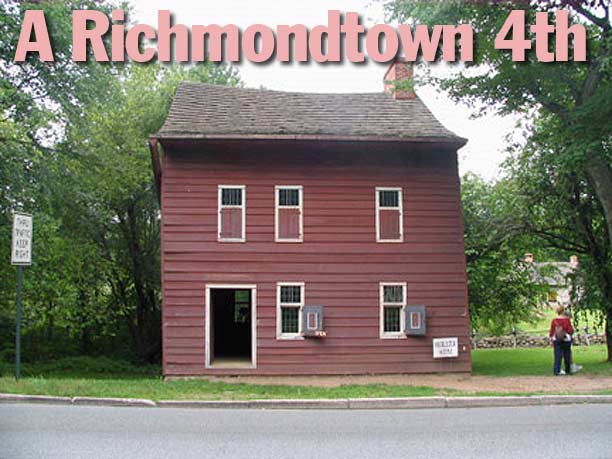
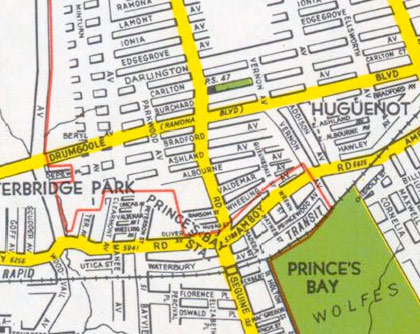

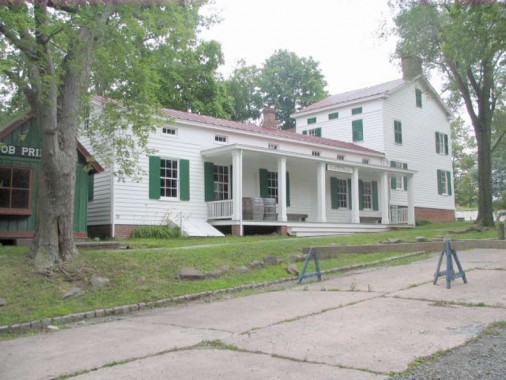

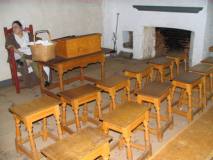

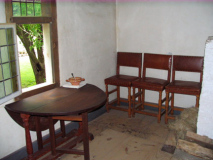
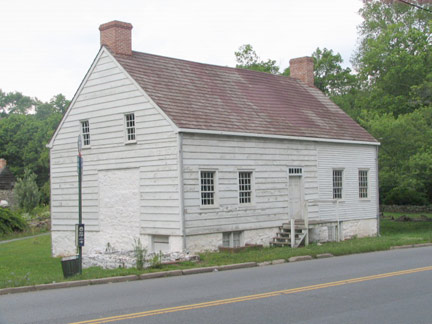
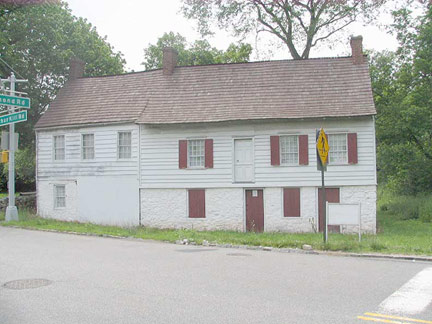
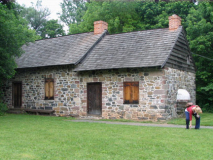
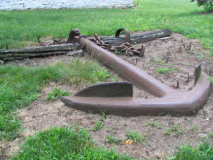
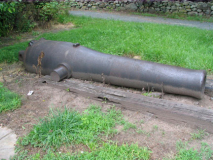


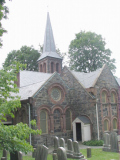
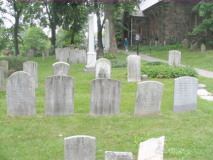
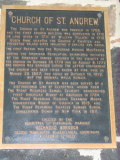
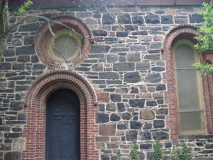
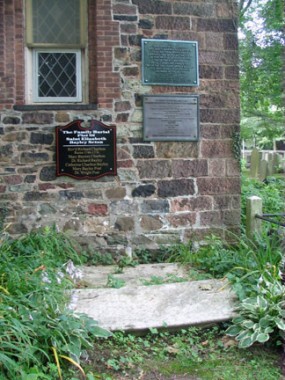


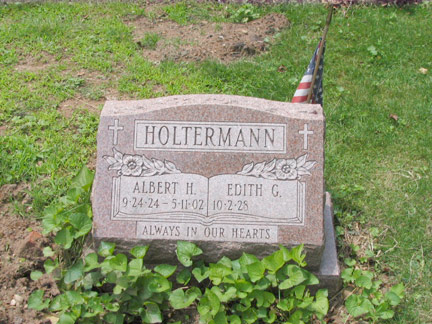

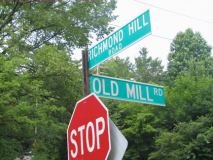
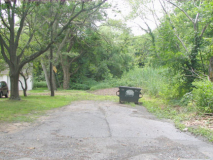
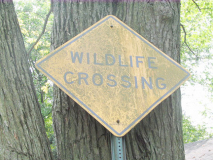








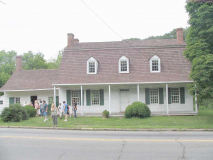

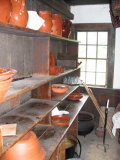
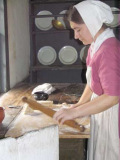

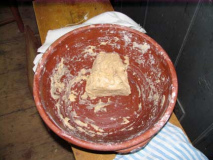

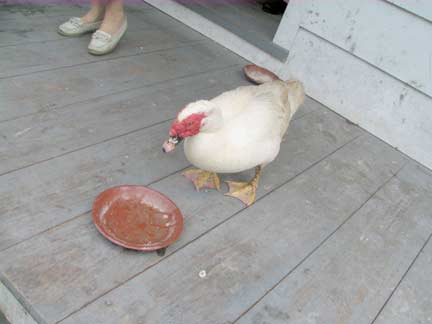
3 comments
My name is Tony Roman, I lived in Staten Island from 1953 to 1969,in 1969 I moved to Pennsylvania where I got a job operating heavy equipment.
I’m very familiar with the Lake – Tysen house on New Dorp Lane.
Back in the year 1961, I worked for a company that moved and raised houses, I was 20 years old(I’m 73 now)
The owner was named Mr. Berquist, his son, a foreman named Jim, a laborer named David Armfield, and myself.
It was really and adventure for me to work on this house, it took four 50 tons jacks and two 30 ton jacks, and almost a month to raise the house just one inch.
The house was insulated with mud, and it was heavy! (300 tons some one guessed)
The house was built on a beach, and there was nothing but sand, we had a 50 ton jack on every corner, and two 30 ton jacks in the middle.
We had what they call wood cribs, the jacks go on that, then we pump up the jacks 7 inches and the house goes nowhere, but the cribs go down into the sand, then we redo the cribs, and do it again, and again, and again, for almost a month.
Finally the house starts to go up, we got it high enough to fill in with regular dirt to built a giant dolly under the house, it took two 40 feet steel beans 1 1/2 inch thick and six cross beans 1 inch thick, and to pull the house we used a world war 2 tank retriever.
From New Dorp to Richmondtown was only about 3 miles, but it took us 2 days, the tank retriever lost it’s brakes, and the whole house began to move, the weight of the house lifted the tank retriever, and the beans dug into the street about a foot and a half, but the house was ok.
On the second day, we crossed the railroad track and had to cut a telephone wire, it cost 5,000 dollars to cut that wire, when we got to Richmond town and we were backing into our spot, we got a flat, the noise was loud and windows broke in the neighborhood, but nobody got hurt.
I remember this adventure because it was exiting.
Anthony Roman
808 6th Ave
Ford City, PA 16226
Thanks
I knew Al Holtermann. My Dad worked there as a baker for several years in the 1960s. They were wonderful people. I remember as a kid going there to pick up my after work, and they would always offer us kids free cookies. Delicious. And, yes, their bread and rolls were also delicious. One of my childhood memories is the frequent burns my father had on his arms from touching the ovens. One of the skills my Dad learned at Holtermann’s was cake decorating. He lovingly made the wedding cakes for me and both of my sisters. I have really fond memories of Holtermann’s bakery.